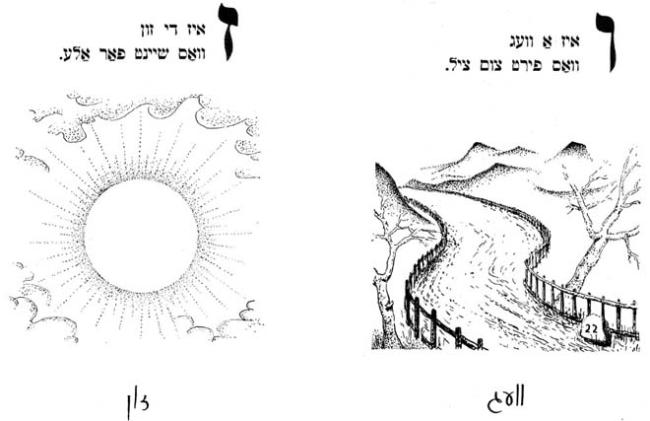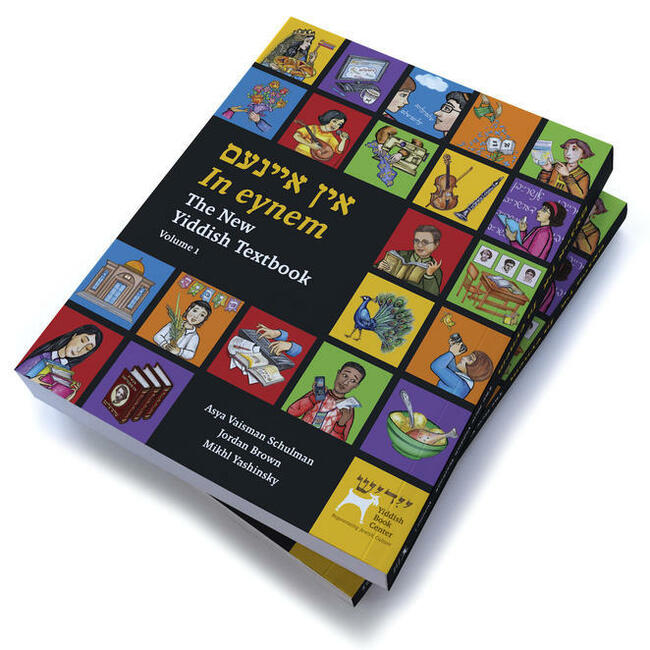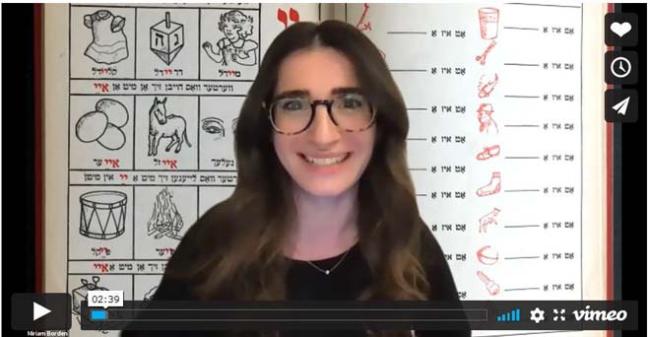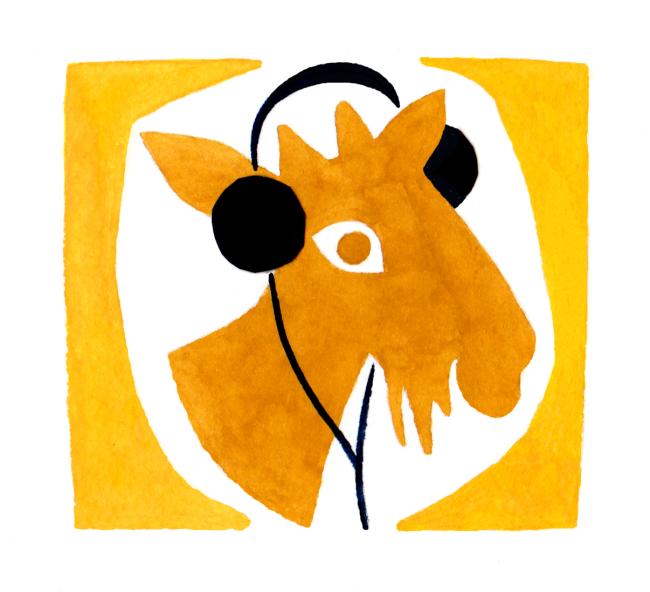Weekly Reader: Back to School
It’s the beginning of September, and for countless parents, kids, and students everywhere that means one thing: time to go back to school. Unfortunately, there aren’t many schools that still have Yiddish on the curriculum, but that doesn’t mean Yiddish doesn’t have something to say about pedagogy. In fact, the history of Yiddish publishing is replete with textbooks, primers, readers, and all manner of educational materials for young and old. So if you’re thinking of brushing up on your Yiddish skills and need a little extra motivation, here are some great back-to-school resources to help you reach the next level of mame-loshn.
—Ezra Glinter
Starting From Alef

This Yiddish alphabet book, written by none other than a man named Aleph Katz, was published in New York in 1939 by the Aleph publishing house (who else?) and features some truly charming illustrations. You may already know the alphabet, but this little treasure is still worth checking out.
The New Yiddish Textbook

For many years, the most widely used English-language textbook for learning Yiddish was Uriel Weinreich’s College Yiddish, which first appeared in 1949. While that classic will probably never go out of style, there are now quite a few other options to choose from, including the Yiddish Book Center’s own In eynem: The New Yiddish Textbook. On this episode of The Shmooze podcast Asya Vaisman Schulman, director of the Yiddish Book Center’s Yiddish Language Institute and author of In eynem, talks about the two-volume textbook: its communicative approach to language learning, its use of illustrated characters, and its companion website and multimedia resources.
Listen to an interview with Asya Vaisman Schulman
A Bokher in Mexique

You might not think of Mexico City as the likeliest place for a Yiddish-speaking day school, but for the thousands of students at the Alte yidishe shule, there was nothing strange about it. One of them was Ilan Stavans, who grew up in this unusual institution founded by indigent Jews seeking a new life in the New World. When other countries closed their doors, Mexico welcomed Jews with open arms, and Jewish immigrants were eager to prosper—in Spanish as well as in Yiddish.
Read Ilan Stavans’s article about the Alte yidishe shule
The Littlest Readers

The 1940s and ’50s were a golden age for primers, workbooks, and educational material designed for children in Yiddish schools. These books and notebooks have much to tell us. But so does what their users left behind in them: doodles, addresses, jokes, and other marginalia that provide glimpses into the inner world of schoolchildren in a unique educational system. Miriam Borden is a collector of these archival objects and recently won the 2020 Honey & Wax Book Collecting Prize for her trove of schoolbooks, flashcards, and more. In this presentation, she shares highlights of this collection and the stories behind them.
Watch Miriam Borden’s presentation
After-School Yiddish

For many older speakers of Yiddish, learning the language meant going to after-school classes run by Yiddish organizations. Marvin Zuckerman, who grew up in the Bronx, learned how to read and write Yiddish in the Workmen’s Circle after-school programs while spending time in the company of figures like Chaim Grade, Naftali Gross, and Avrom Reyzen.
